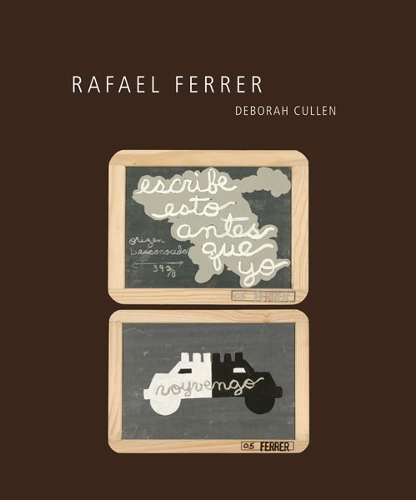
Rafael Ferrer
(Paperback)
Publishing Details
Rafael Ferrer
By (Author) Deborah Cullen
UCLA Chicano Studies Research Center Press
UCLA Chicano Studies Research Center Press
2nd July 2012
United States
Classifications
General
Non Fiction
Ethnic studies / Ethnicity
709.7
Physical Properties
Paperback
128
Width 178mm, Height 254mm, Spine 25mm
Description
In this examination of the art of Rafael Ferrer, Deborah Cullen considers the creative evolution of the Puerto Ricanborn, U.S.-based artist, widely recognized and critically acclaimed for postminimalist environments constructed during the 1960s and 1970s. In the 1980s Ferrer turned to painting, producing vibrant figurative canvases that depict life in the Caribbeanan apparently abrupt change that surprised the art world.
Cullen traces Ferrers trajectory, beginning with his early experiments in surrealism and continuing to the small-scale collages, chalkboard drawings, and paper-bag faces that represent his latest work. She explores the links that tie these works together, including Ferrers concern with current events and personal memory, his deep understanding of art history, and his restless, probing curiosity.
Now in his seventies, Ferrer is, as Cullen notes, more productive than ever. Pizarras (Blackboards), a major installation piece from 2005 and 2006, is composed of ninety-seven wood-framed slate tablets filled with grisaille paintings that combine Spanish wordplay and iconic shapes and doodles. The blackboards mark Ferrers continued involvement with urban discourse and commitment to his role as a chronicler of his culture.
Author Bio
Deborah Cullen is director and chief curator at Columbia Universitys Miriam and Ira D. Wallach Art Gallery.
